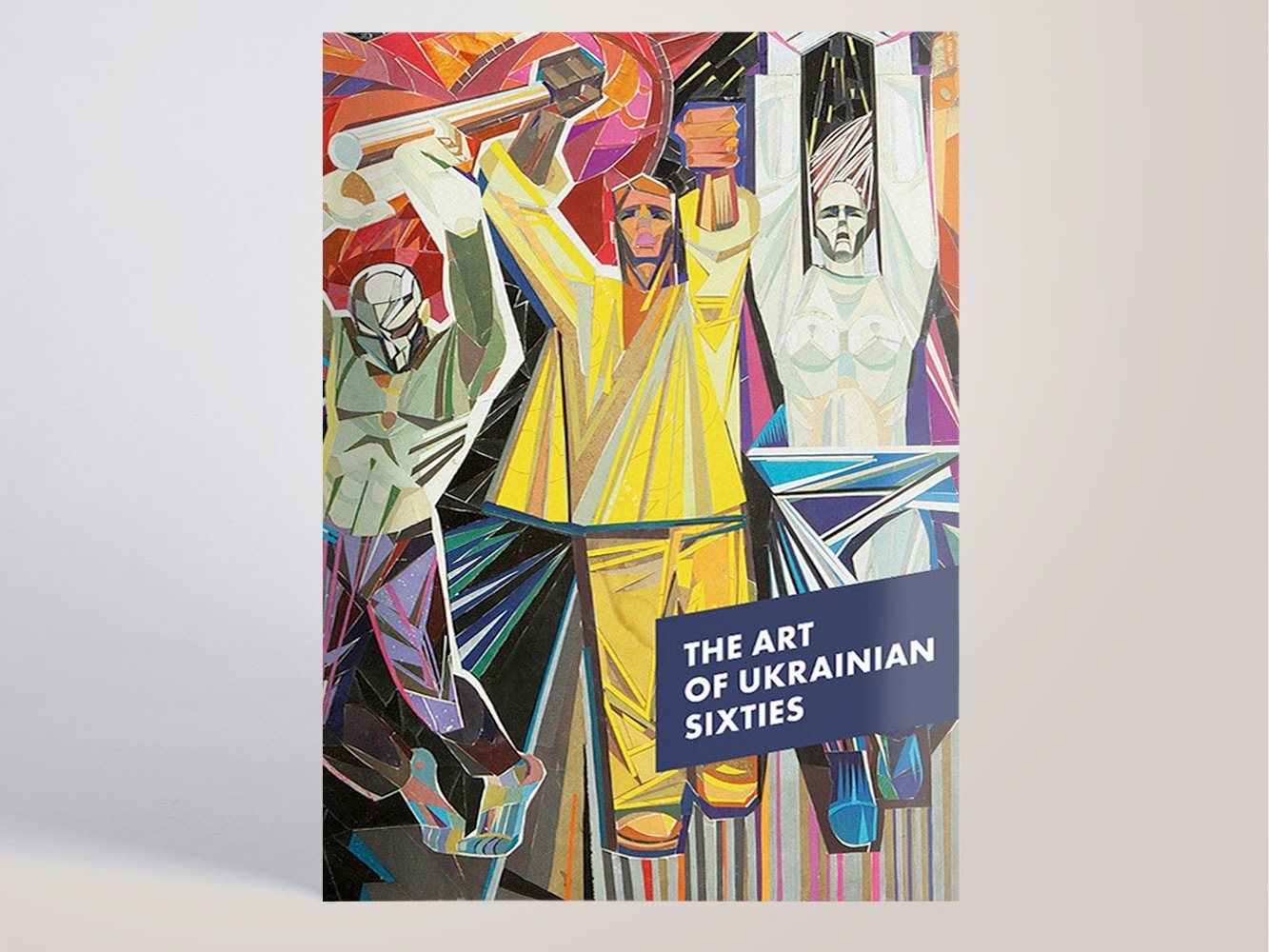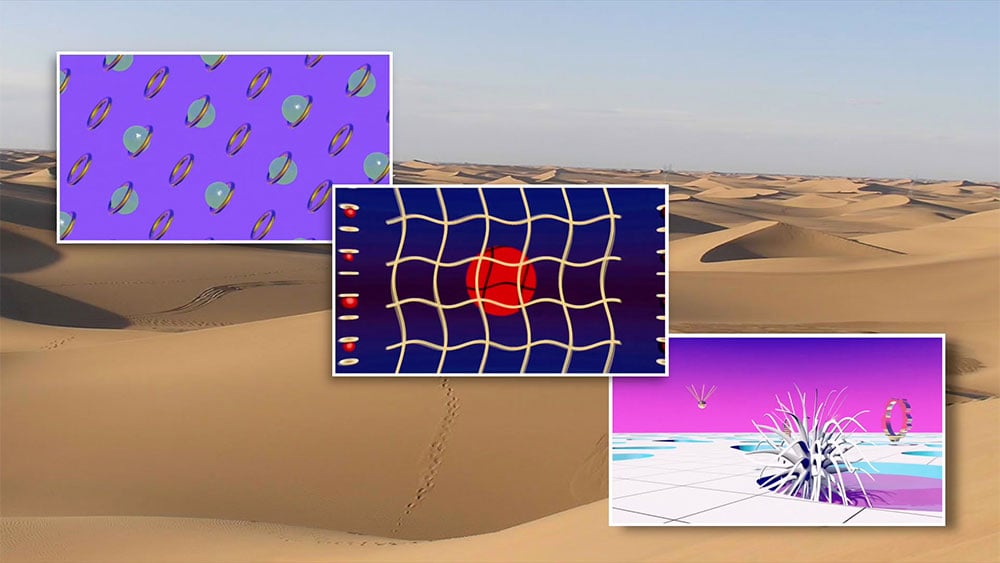Nonconformist Ukrainian painter, Alexander Dubovik, stayed true to himself | Calvert Reads
A new book by Osnovy Publishers celebrates the body of work by Ukrainian artist Alexander Dubovik.
Dubovik was born in Kyiv in 1931, and throughout his life was often labelled the son of a “bourgeois nationalist” — his father, renowned poet Mikhail Dubovik, was persecuted by the Soviet authorities for being engaged in “counter revolutionary” pro-Ukrainian activities, and was killed in 1941 when his son was only 10. Following the death of Stalin and Khrushchev’s Thaw, however, Alexander Dubovik was able to pursue art studies at the prestigious Kyiv Art Institute.
The art book Alexander Dubovik: The Signs follows the artist’s four-decade journey from figurative painting to abstract, totemic, and monumental art. Dubovik already showed originality even in treating his socialist-realist subjects with “poetic realism”, as the book calls it, such as in the dynamic, expressionist-like painting Nuclear Physicists (1963) or Operation (1965). From the 1970s, however, Dubovik’s art reveals the clear influence of Malevich, most obvious in the 1977 Festival depicting faceless human heads on a cupboard, and the 1980 Black Square, surrounded by a multi-hued pile of abstract shapes against a backdrop of four green, yellow, red, and blue squares that fit the canvas. Finally, in the 90s, Dubovik managed some of his most important monumental art works — the colourful, totemic paintings on the walls and windows of the New Apostolic Church in Kyiv, and the Chapelle Notre Dame de Anges in Berre-les-Alpes, a small French village close to Nice.
Part of the 60s generation of Ukrainian artists, Dubovik was accused by the Soviet authorities of an excessive concern with form. In the 90s, however, he was recognised as one of the country’s greatest artists, one who managed to stay true to himself, with his works printed on Ukrainian postage stamps.
With a foreword from art historian Jean-Claude Marcadé, and chapters on different aspects of Dubovik’s works, from his symbols to his manifesto, Alexander Dubovik: The Signs is a valuable introduction — and tribute — to a key Ukrainian 60s painter, the product of five years of research of the curators from the Stedley Art Foundation.
Get your own copy here.
Image: Alexander Dubovik, Self-Portrait, 1967


